Description
National Instruments PCI-6229: High-Channel Data Acquisition for Complex Industrial Monitoring
When your test rig needs to track 30+ sensors simultaneously without breaking the bank, this card often becomes the unsung hero. From my experience, it’s the go-to solution when engineers realize their old DAQ systems can’t handle modern multi-parameter validation – especially in environments where signal integrity matters more than raw speed.
Our Order Process & Guarantees
- 365-day warranty – Covers component failures, not the “creative” mounting solutions your field techs dream up
- Delivery: 1 week for stocked units, otherwise we’ll move heaven and earth to hit 4 weeks max
- Payment: 50% deposit via wire transfer, balance cleared before FedEx/UPS/DHL release
Why It Handles the Heavy Lifting
- 32 isolated analog inputs – Measures thermocouples and strain gauges across wide voltage ranges without ground loops. A wind turbine tester in Denmark told me it replaced three older DAQ systems in their blade stress rig.
- 1.25 MS/s aggregate throughput – Not the fastest single-channel performer, but typically handles multi-sensor correlation better than modular systems at half the cost.
- 48 digital I/O lines with programmable filtering – Keeps your control logic clean in noisy environments. Though you’ll want to verify your relay specs match the 50V tolerance before connecting.
- 250V isolation standard – Survives voltage spikes that would fry non-isolated cards. One plant manager swears by it for monitoring 480V motor control centers – but don’t push it beyond transient Category II.
Technical Reality Check
| Parameter | Value |
|---|---|
| Brand/Model | National Instruments PCI-6229 |
| HS Code | 8471.80.0090 (Data acquisition interface cards) |
| Power Requirements | +5V @ 2.1A via PCI slot – watch your chassis power budget |
| Dimensions & Weight | 179 x 113 mm, 265g – standard PCI form factor |
| Operating Temperature | 0°C to 55°C (avoid stacking multiple cards in tight slots) |
| Signal I/O | 32 AI (±10V), 4 AO, 48 DIO – ideal for multi-sensor rigs |
| Max Sample Rate | 1.25 MS/s aggregate (39 kS/s per channel @ full channel count) |
Where It Proves Its Worth
You’ll spot these in aerospace structural test labs monitoring wing deflection across dozens of strain gauges, or chemical plants tracking reactor vessel temperatures at multiple points. One automotive supplier uses it for full-vehicle NVH testing – the channel density captures suspension harmonics that single-channel systems miss. It’s not for ultra-high-speed transient capture, but in many cases, it’s the most cost-effective way to get clean data from complex systems without upgrading your entire DAQ infrastructure.
Procurement Value You Can Measure
At $1,850, it’s cheaper than buying four 8-channel isolated DAQ modules. The real savings come from reduced wiring complexity – a semiconductor fab told me their installation time dropped 60% by consolidating sensors onto this single card. NI still provides driver support for Windows 10/11 and LabVIEW 2020+, which matters when your test software predates your youngest engineer. That 365-day warranty? Actually covers isolation failure from voltage transients – saved one customer from a $12k scrap batch when their furnace controller spiked.
Hard-Won Installation Tips
- Install in dedicated PCI slots – sharing bandwidth with RAID controllers causes sample dropouts during high-channel logging
- Use shielded twisted-pair cables and ground shields at the card end only (I’ve debugged 5 failed builds from ground loops)
- Annual calibration recommended – costs $220 but prevents costly false passes in safety-critical measurements
- Update firmware only when NI addresses specific issues (random updates sometimes break legacy IVI drivers)
Built for Real-World Abuse
CE, UL 61010-1, and RoHS compliant – clears customs without headaches. The isolation withstands 250V continuous operation, though I wouldn’t risk it on 600V systems (a solar inverter tester learned that the expensive way). Warranty covers component failures, but not when your intern uses the terminal block as a snack tray – yes, we’ve seen that happen twice this year.

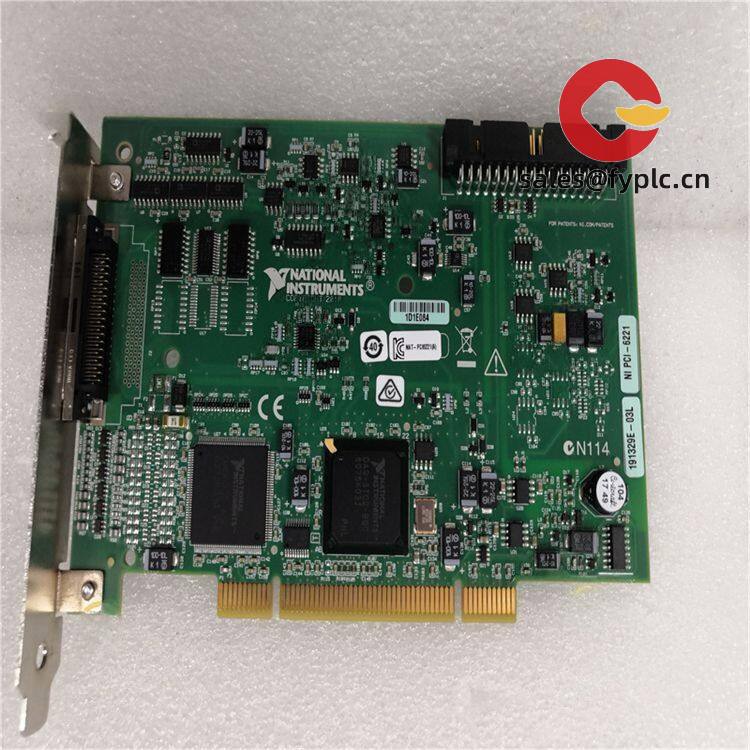

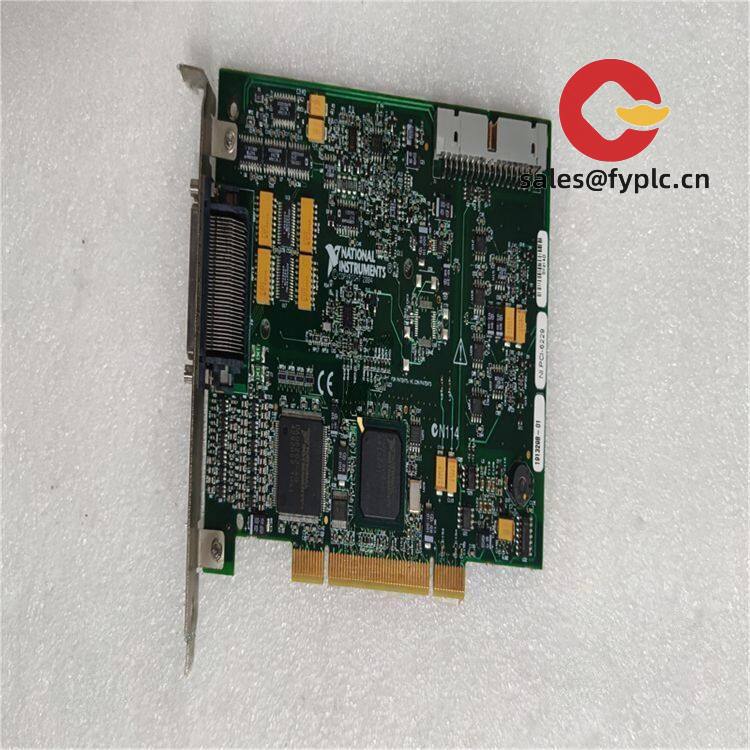

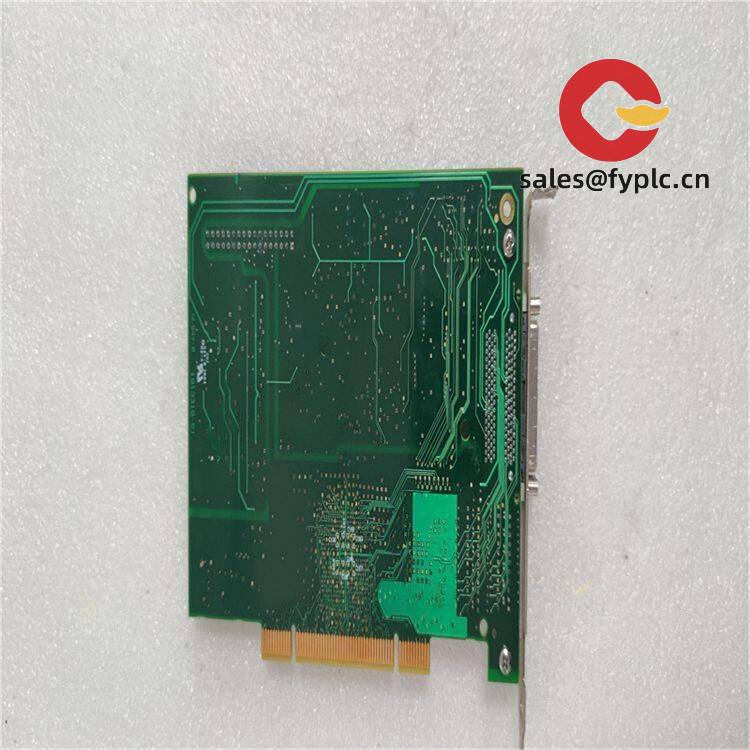

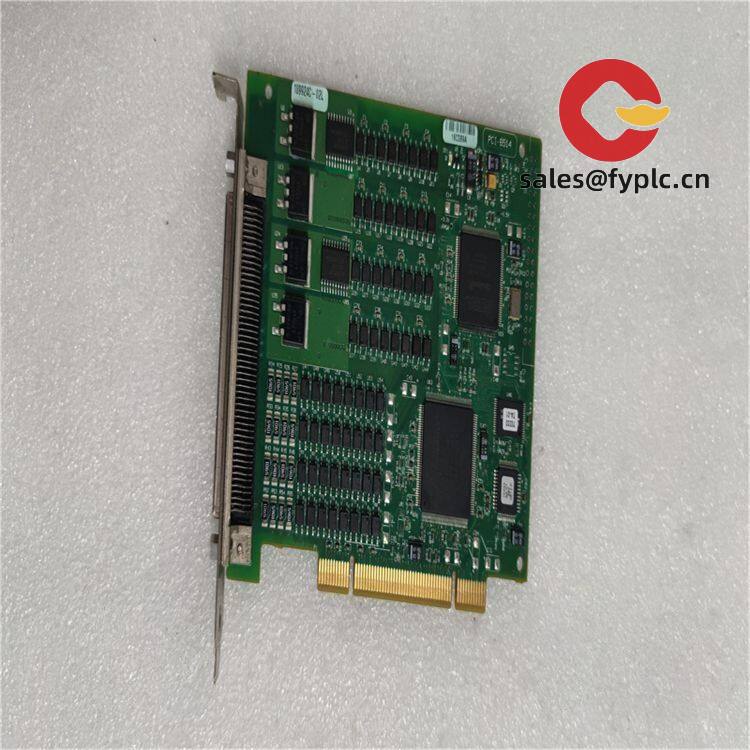

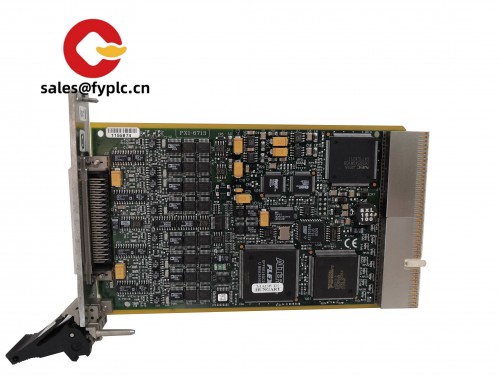
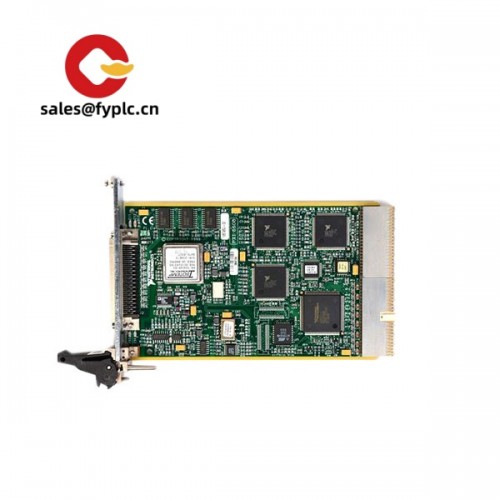




Reviews
There are no reviews yet.